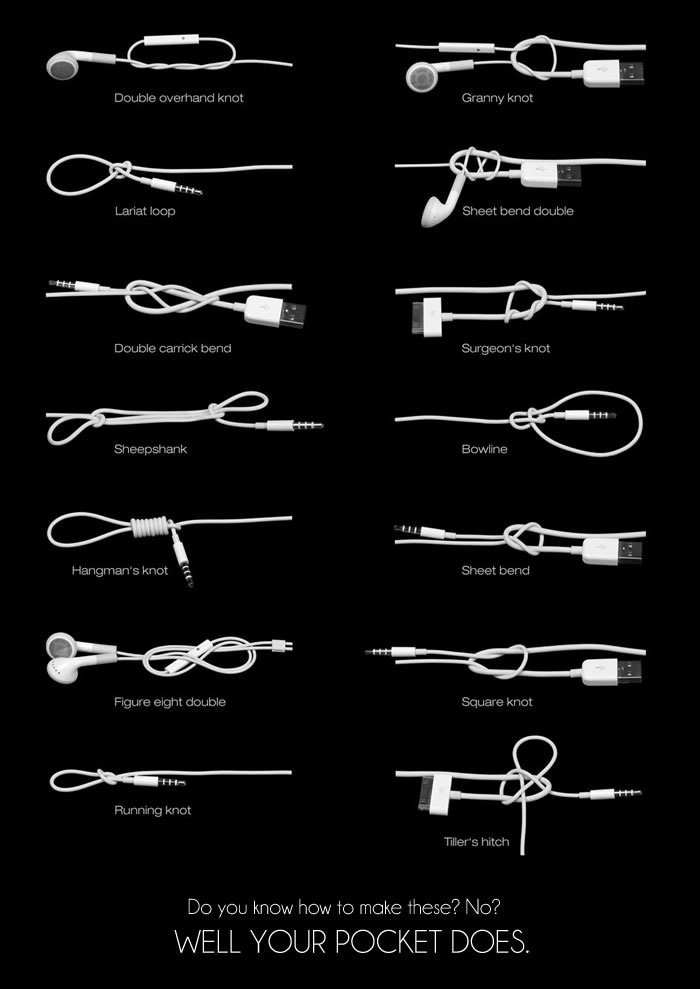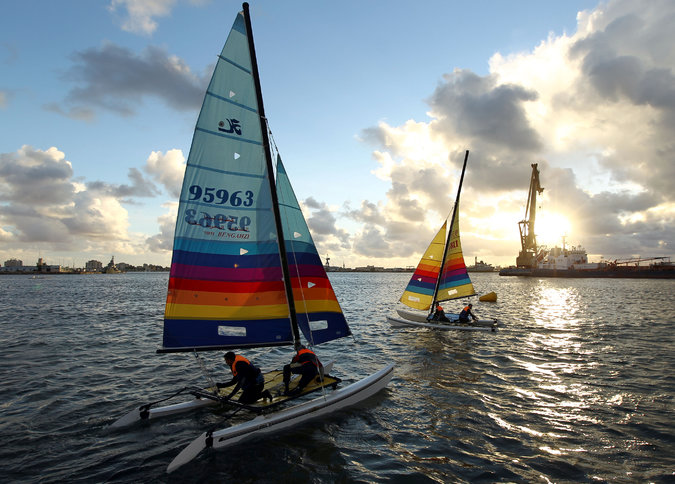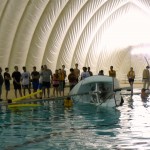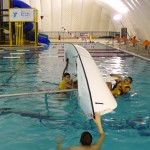The risk for hypothermia is greatest when air and water temperatures are less than 48 degrees, combined. We should not allow any sailor on the water if they are not appropriately dressed for the conditions.
Even when hypothermia risk is low it is important to preserve core temperature. Since some of our sailors are new to the sport it is important that they dress appropriately for the conditions. First and foremost, the baselayer must NOT be cotton. Cotton tends to promote heat transfer in cold weather causing a loss of core body heat. Baselayers should be synthetic materials.
A good rule of thumb is that on the water it will feel 10 degrees colder than on land. In cold weather having a waterproof layer and an insulating layer are vital.
There are a number of options that sailors can use. For example :-
Drysuits – a drysuit is a waterproof one-piece suit with neoprene closures at the neck and wrists and usually attached booties. Essentially it’s a waterproof footie pajama. The sailor puts this on over an insulating layer (drysuits themselves are not insulated). The advantages of a drysuit are that they can be worn over regular coldweather clothing to the tolerances of the sailor. The disadvantages are that they are expensive. These are the primary choice for most dinghy sailors and the better brands tend to last for many years with proper care.
Wetsuits – alternately alot of sailors use wetsuits. These, for the most part do not keep the wearer dry (there is one company that produces a “dry” wetsuit.Instead the wetsuit takes in water and traps it in the material which then serves as an insulating layer keeping the wearer warm. Wetsuits come in many styles including full coverage and “shorty” partial coverage, and sleeveless. The disadvantage is that it will get wet and initially will be cold until the wearer’s body heat warms the trapped water. The major advantage is that wetsuits can be relatively inexpensive.
Spray tops – a spray top is a waterproof pullover jacket with neoprene seals at the wrists, neck and waist. This is one of the most common pieces of clothing you will see. Like the drysuit it can be worn over other layers. Since this is a jacket, it will not protect the wearer from the waist down. If the wearer is looking for full coverage then a bib or waterproof pant is necessary.
Salopettes, Bibs and waterproof pants – waterproof pants are just that and provide coverage for the lower body up to the waist. Bibs and Salopettes on the other hand provide coverage up to the chest and in the case of the latter the full torso. The do not cover arms. Like dry suits they are intended to be worn over other clothing. Worn under a spray top this provides full coverage and minimizes the chance that spray will get the sailor wet. However, most such pants/bibs/salopettes do not have neoprene cuffs at the pant leg hem and so if immersed the sailor will get wet. These are more ideal for boats that are not likely to capsize. Also they can be loose and cause less mobility and more ability for lines to get caught or snagged increasing the possibility of a capsize on a dinghy.
Unlike drysuits and even wetsuits, if a sailor capsizes wearing a bib/spray top (smock)/waterproof pant combination, it is possible that they will get wet and cold as water might seep in through the hems. For this reason, drysuits are usually the first choice for dinghy sailors, with wetsuits as second choice. Wetsuit companies are now experimenting with a new hydrophobic version of wetsuits that do keep sailors dry and insulated. These suits run at the higher end for wetsuits (skiff suits) but are still usually less expensive than drysuits.
The most common combination and the one that is usually least expensive is a wetsuit worn under a waterproof layer of Spray top and properly fitted waterproof pants. This in addition to wearing a life vest, which is an added layer of insulation as well as flotation, is enought ot keep a sailor safe after a capsize.
Gloves – Hands are very difficult to keep dry but can be kept warm using neoprene gloves. Skiing outfitters and winter camping vendors have some great options that are inexpensive, waterproof and warm. In the last few years, heavy duty latex gloves, similar to those used for dishwashing by hand (try to get some of the kids to understand that concept) have become very popular. They will keep the hands dry and provide plenty of grip on lines. Some stores suggest adding a liner for added warmth although the ones used by sailors are thick and therefore provide some insulation.
Shoes – Feet, will be the most likely to get cold quickly. Here again there are good, inexpensive options. It is usual to wear dinghy boots. In most cases these are not waterproof. However, a pair of waterproof socks over a pair of smart wool socks is usually plenty to keep a sailor dry and warm in dinghy boots or shoes while dinghy sailing.
The head, Spray tops do not come with hoods. Hoods also have a tendency to limit field of vision. Nevertheless there are waterproof neoprene hoods on the market for those who want to keep their heads warm without diminishing field of vision.
These are just a few of the more common options for cold weather sailing. All are subject to the comfort and peccadilloes of the sailor. We all have our preferences and sailors are notoriously finicky (you know you are).








